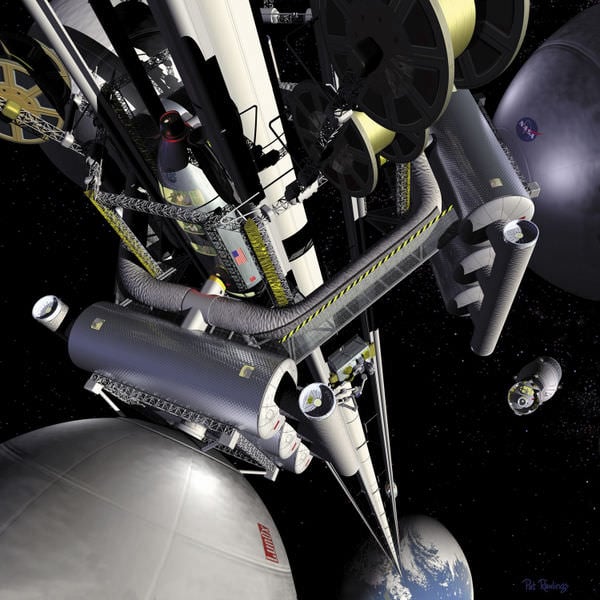
From SpaceX's headquarters in California, Elon Musk announced who will be the first lunar tourist to hitch a ride aboard the company's Big Falcon Rocket (BFR)
Continue reading

A new study by an international team of researchers has indicated the need for artificial gravity to mitigate the effects of microgravity on astronauts' eyesight.
Continue reading

Continue reading

A new NASA-led study shows that Proxima b could support the existence of an ocean on its dayside, which means it could still be habitable.
Continue reading

The Sunspot Solar Observatory has been temporarily shut down and evacuated due to a security threat.
Continue reading

A new video released by the ESO illustrates the construction of the Extremely Large Telescope, which will be the world's largest telescope once it is completed.
Continue reading

At the recent Bengaluru Space Expo in India, the ISRO unveiled the spacesuit that it's astronauts will wear during the countries first crewed mission to space.
Continue reading

A new Hubble image of Saturn and six of its Moons reminds us how visually stunning Saturn is.
Continue reading

A new study has offered the first definitive proof that Mars' northern lowlands were once covered in a liquid water ocean.
Continue reading

Frightening images of Hurricane Florence taken from space highlight the dangerous power of the storm.
Continue reading

When the ESO's Very Large Telescope can't pursue its science objectives, it spends its time capturing stunning image of fascinating celestial objects.
Continue reading

According to a new study by an international team of astronomers, last year's kilonova event (where two neutron stars merged) resulted in a jet of material traveling at close to the speed of light.
Continue reading

NASA recently released a 360-degree panoramic image based on images taken by the Curiosity rover, which showed its latest drilling site.
Continue reading

Continue reading

The Double Asteroid Redirection Test (DART) Mission, which will attempt to deflect a small asteroid in 2022, recently moved into the final phase of design and assembly.
Continue reading
Continue reading

A team of Japanese engineers recently constructed a scale-model of a space elevator, which will be sent to the ISS to conduct experiments that could lead to the real thing someday!
Continue reading

A new study, which was co-authored by Alan Stern, provides more reasons for why Pluto should be considered a planet.
Continue reading

Continue reading

The Japanese startup PD Aerospace is developing a reusable space plane that will use a combination of jet engines and a rocket motor to take customers to space by as early as 2023.
Continue reading

 Universe Today
Universe Today

















